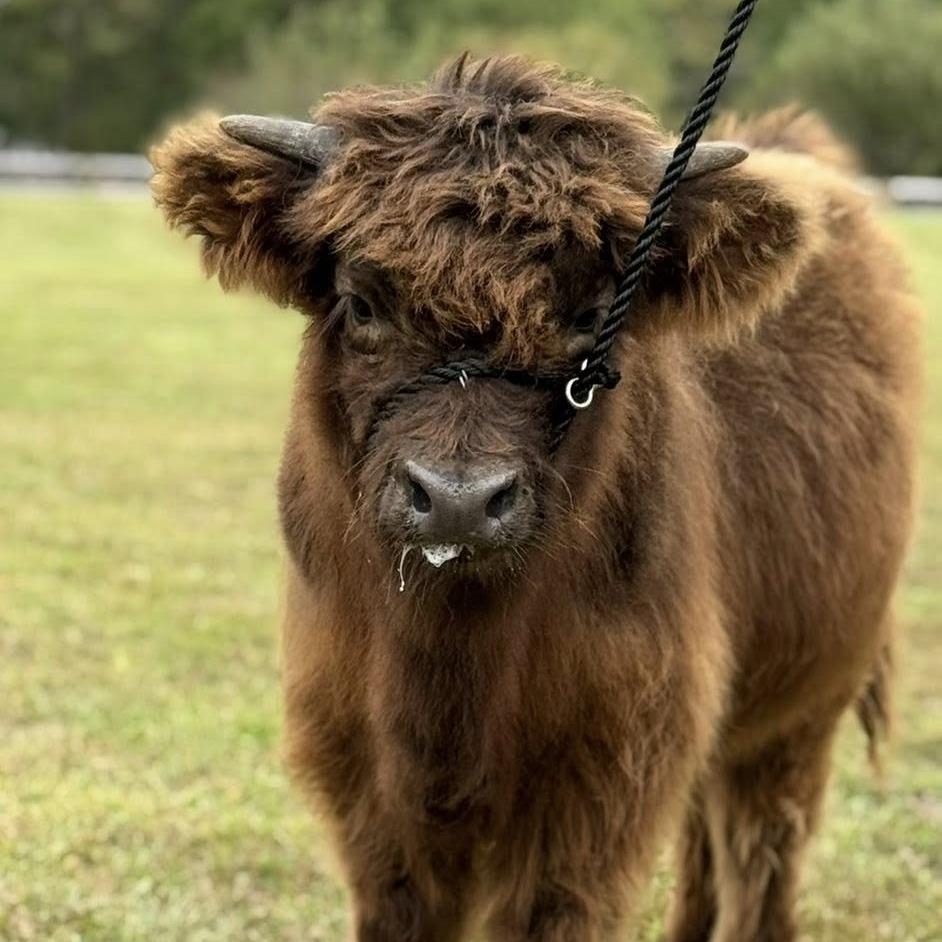
Ganges River Dolphin
Platanista gangetica
The Ganges River Dolphin, scientifically known as *Platanista gangetica*, is a fascinating freshwater cetacean native to the Indian subcontinent, primarily inhabiting the Ganges, Brahmaputra, and their tributaries. This unique species, often referred to as the "Susu" due to the sound it produces while breathing, is well-adapted to life in murky river waters. It is characterized by a long, pointed snout and rounded stomach, with a generally grayish-brown coloration that provides effective camouflage in its habitat. Notably, the Ganges River Dolphin is nearly blind, possessing only rudimentary vision adapted to detect light and movement. Instead of relying on sight, it uses echolocation to navigate, forage, and communicate. This remarkable adaptation is critical for hunting fish and shrimp, which make up the bulk of its diet.
The Ganges River Dolphin is a solitary animal, often observed alone or in small, loose groups. They surface frequently to breathe, displaying their pronounced dorsal fin. Unfortunately, the species is classified as endangered due to significant threats from habitat loss, pollution, and entanglements in fishing gear. Conservation efforts focus on habitat restoration, pollution control, and public awareness to ensure the survival of this iconic, yet elusive river inhabitant. As a flagship species, the Ganges River Dolphin plays a crucial role in riverine ecosystems, and its conservation is vital for maintaining the ecological health of these waterways.

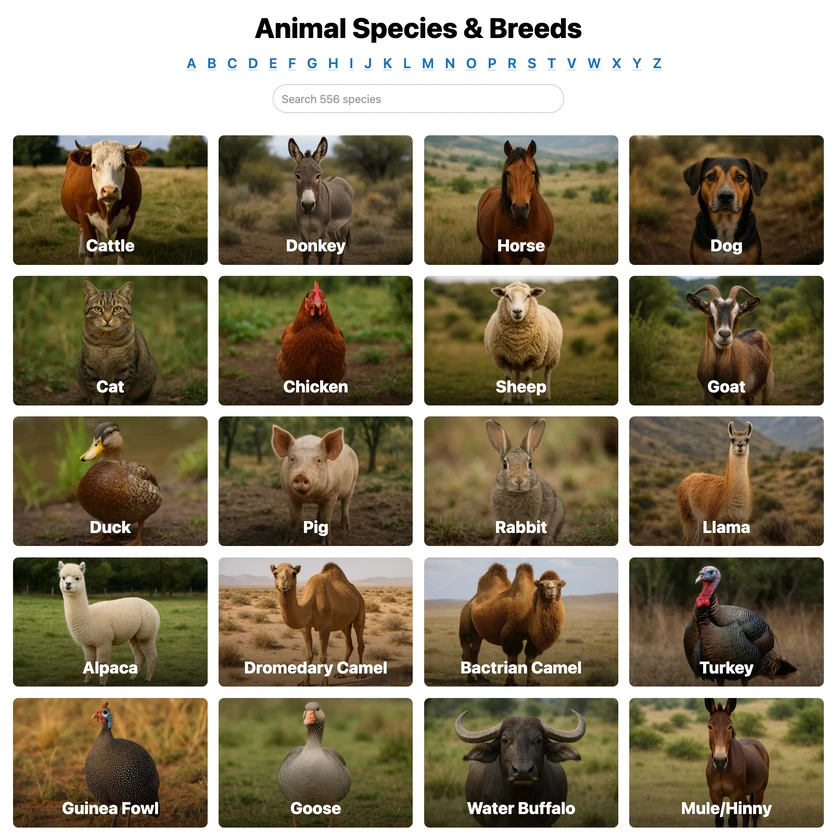 All Species & Breeds
All Species & Breeds
 Highland Cattle
Highland Cattle
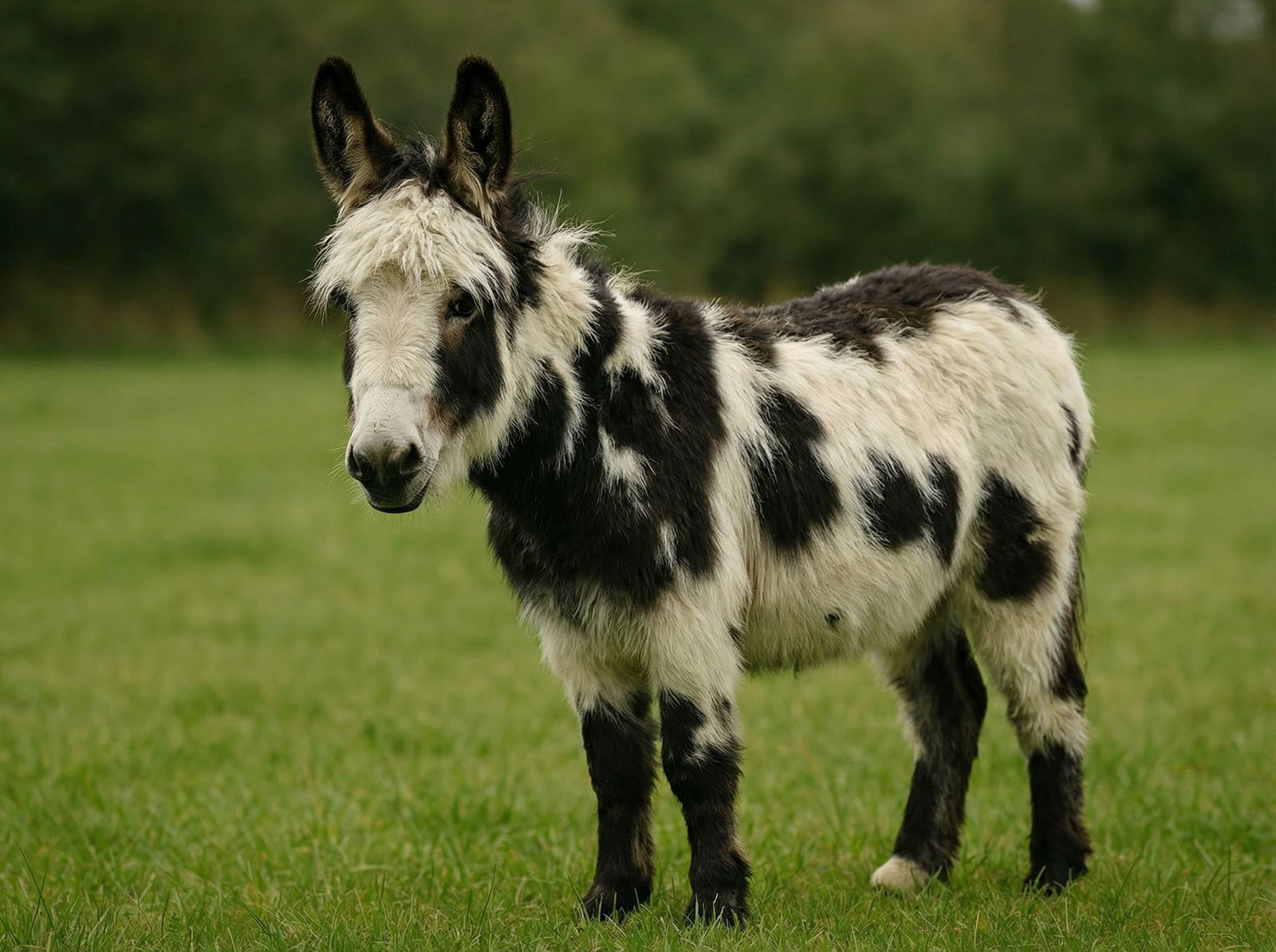 Miniature Donkeys
Miniature Donkeys
 All Species Directory
All Species Directory
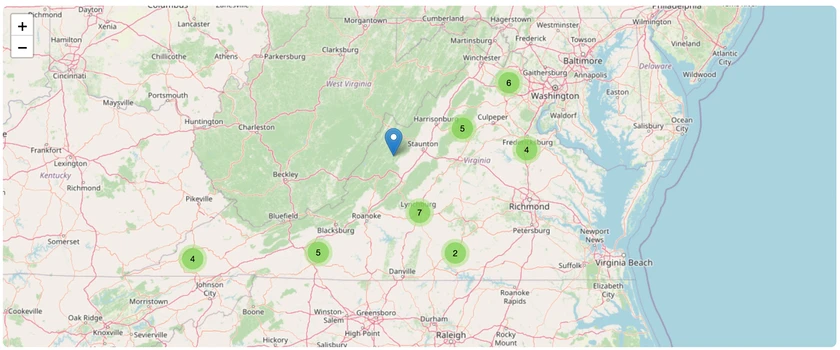 Highland Cattle in Virginia
Highland Cattle in Virginia
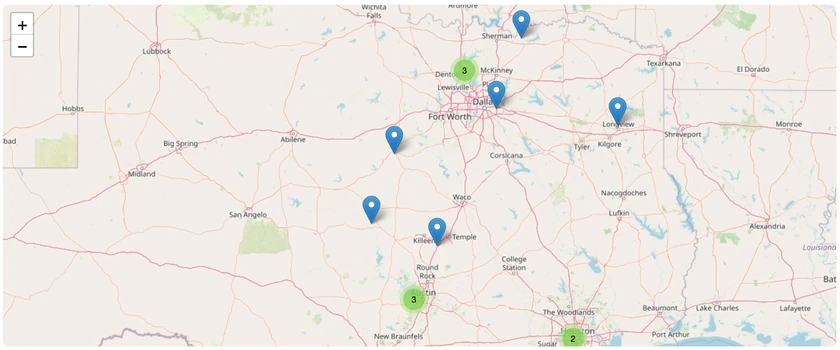 Miniature Donkeys in Texas
Miniature Donkeys in Texas


